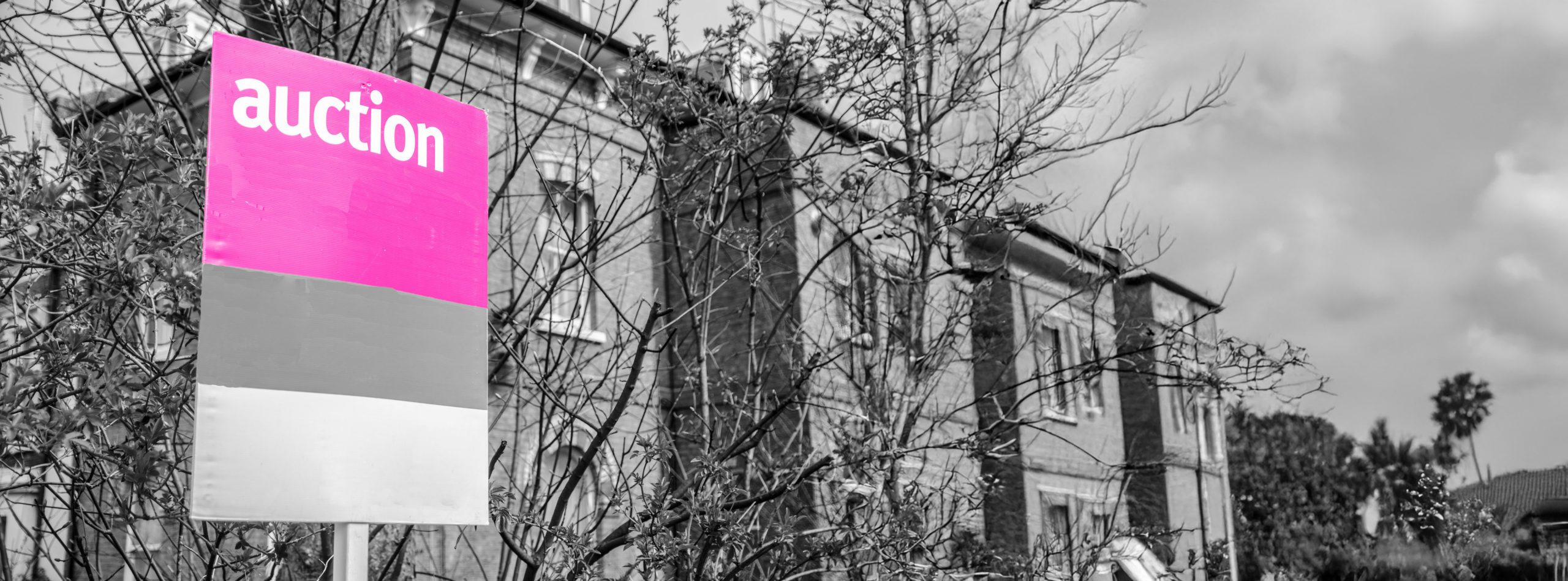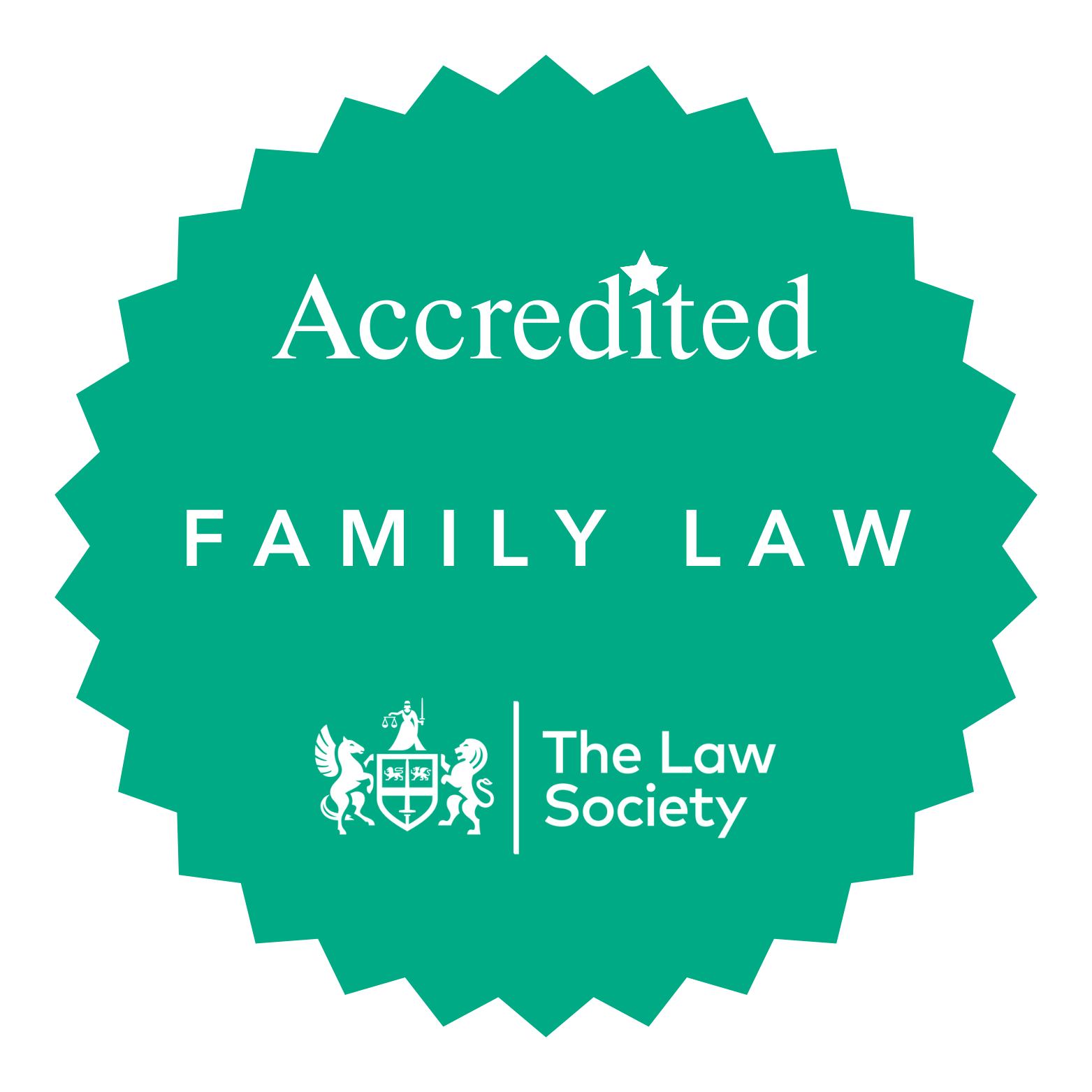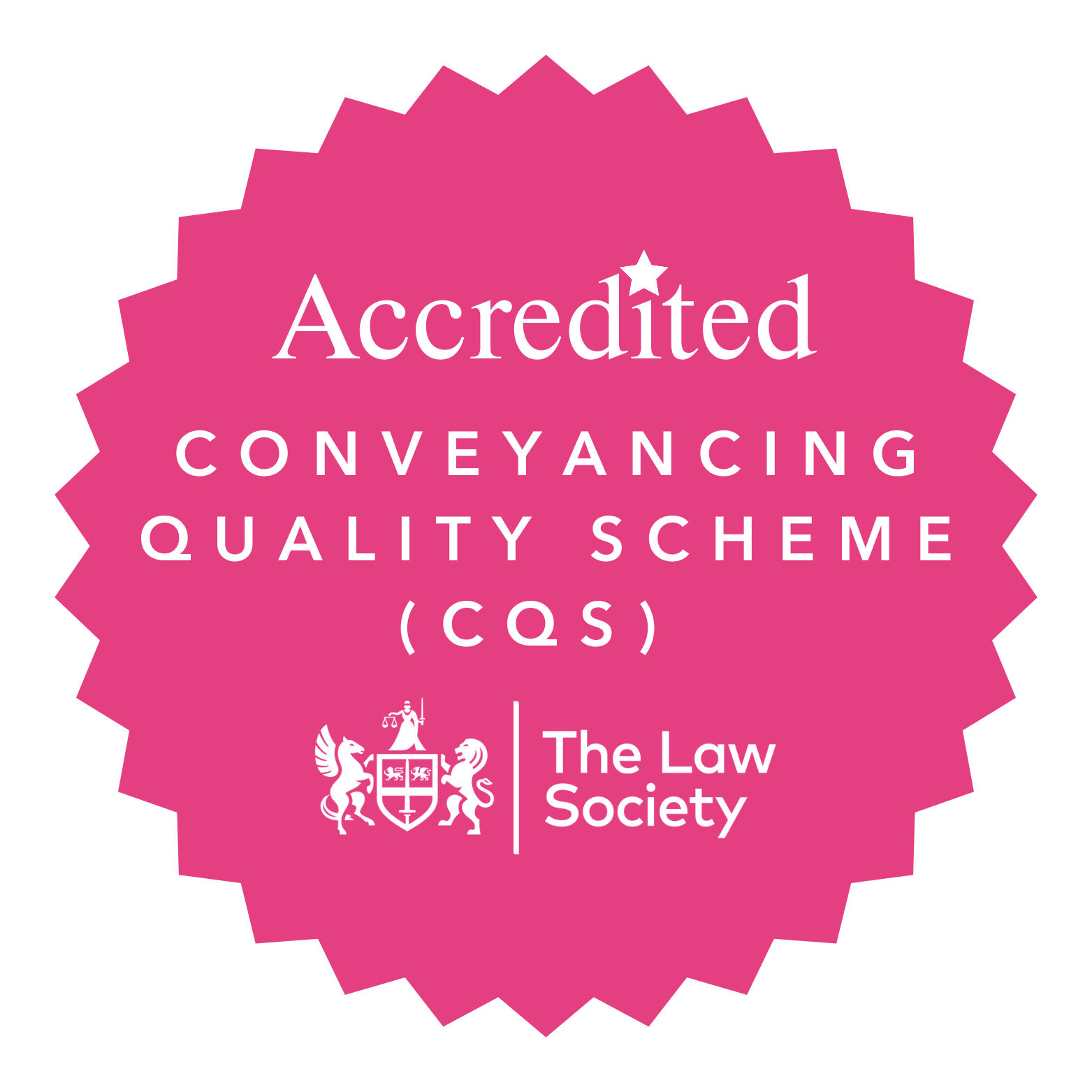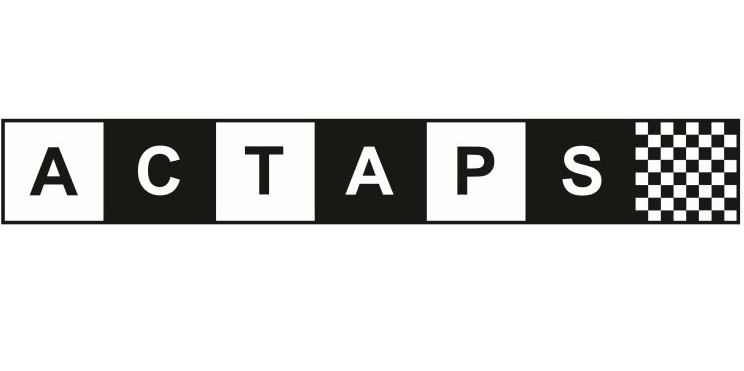My asset or our asset? And do you need it?
The Supreme Court has recently decided a case, Standish v Standish, where husband and wife were arguing about whether pre-marital wealth had become a joint asset and should be shared on divorce.
Mr Standish had built up significant wealth before getting married and later transferred over £70 million to Mrs Standish. The intention was to set up trusts for their children with an eye on Inheritance Tax. The trusts were not however, set up, and Mrs Standish retained the money.
The question when they later divorced was whether transferring the money from husband to wife had turned it into a joint, matrimonial asset, which she could then claim a share of?
For most families, the most important principle for a divorce settlement is that of meeting needs. It is about dividing or arranging the assets to try and ensure both spouses, and the children, have a suitable roof over their head, and sufficient money to live on. The background story – how the asset was acquired – will not matter if it is needed to secure housing and pension provision.
Discover more about Daniel Sims
For families with significant assets however, where housing needs are easily met with the available funds and there is a surplus, an asset’s origin will be much more important. If one spouse earned or inherited it before the marriage, should the other have a share of it later, if they could live comfortably without any part of it?
Over time, an asset may be considered to have been shared and to have become a joint item. If either husband or wife already has a house when they marry, but they then live there as a couple for years and raise their children there, it is very unlikely that the property would later still be considered to belong just to the original owner.
The Judges in Standish made it clear that simply transferring the money from one spouse to the other had not changed the ‘status’ of it, from individual and non-matrimonial, to joint and matrimonial. The process of transformation, described as ‘matrimonialisation’, depended upon how the couple had treated an asset over time and what their intentions were. Here, Mr Standish had not pooled all of his resources with Mrs Standish over a long period of time. He had transferred the money not to benefit her, but to benefit their children, and to save Inheritance Tax in the future. Mr Standish had not intended his wife to benefit personally from the non-matrimonial wealth, and she did not need any of this non-matrimonial money. The joint matrimonial assets were more than sufficient for her to live on to an appropriate standard post-divorce.
If you need advice about the treatment of pre-marriage assets, or are about to embark on marriage and would like to find out more about pre-nuptial agreements, please contact our family team.
How To Contact Us:
To contact a member of our team, you can fill in our online enquiry form, email info@fraserdawbarns.com, or call your nearest office below. If you’d like to speak to a member of our team at one of our offices across Norfolk and Cambridgeshire, visit our offices page.
Wisbech: 01945 461456
March: 01354 602880
King’s Lynn: 01553 666600
Ely: 01353 383483
Downham Market: 01366 383171
This article aims to supply general information, but it is not intended to constitute advice. Every effort is made to ensure that the law referred to is correct at the date of publication and to avoid any statement which may mislead. However, no duty of care is assumed to any person and no liability is accepted for any omission or inaccuracy. Always seek advice specific to your own circumstances. Fraser Dawbarns LLP is always happy to provide such advice.
Related Articles
Recommended By The Legal 500 Directory*
*We are recommended for the following practice areas: Corporate and Commercial, Debt Recovery, Employment, Personal Injury: Claimant, Agriculture and Estates, Contentious Trusts and Probate, Family, Personal Tax, Trusts and Probate & Commercial Property.
ServicesContact















